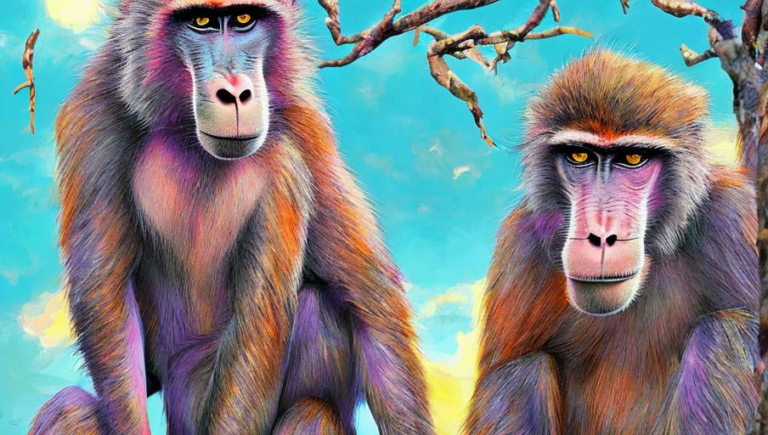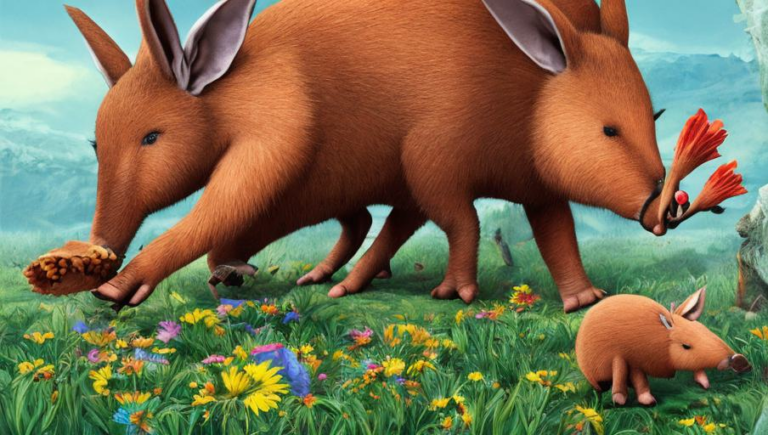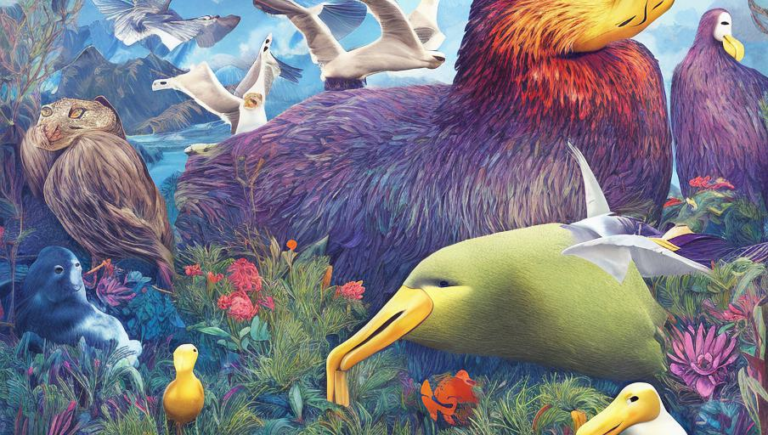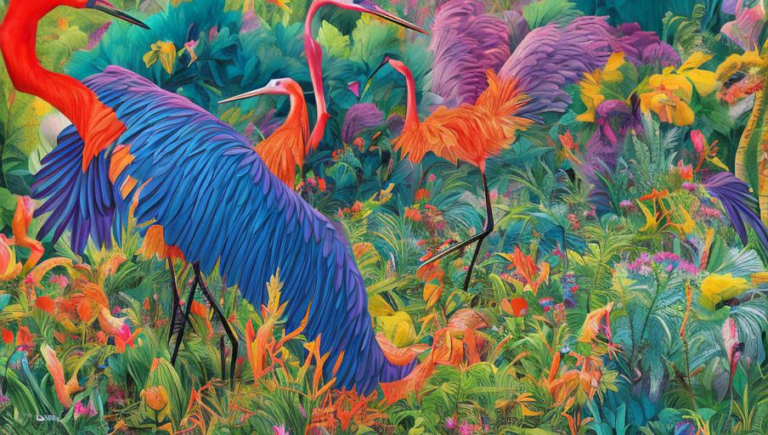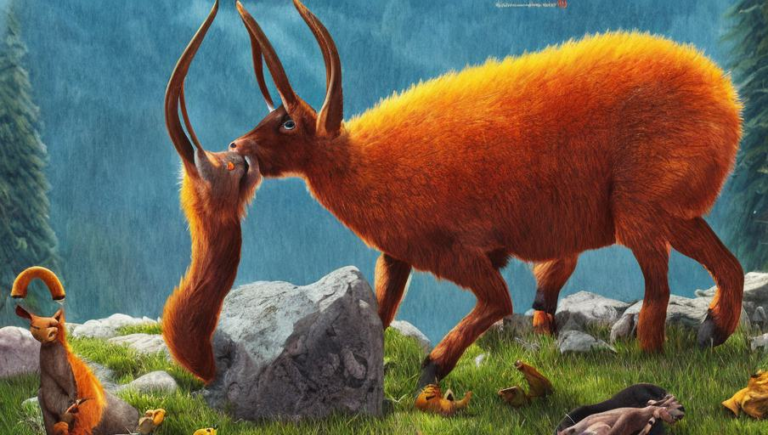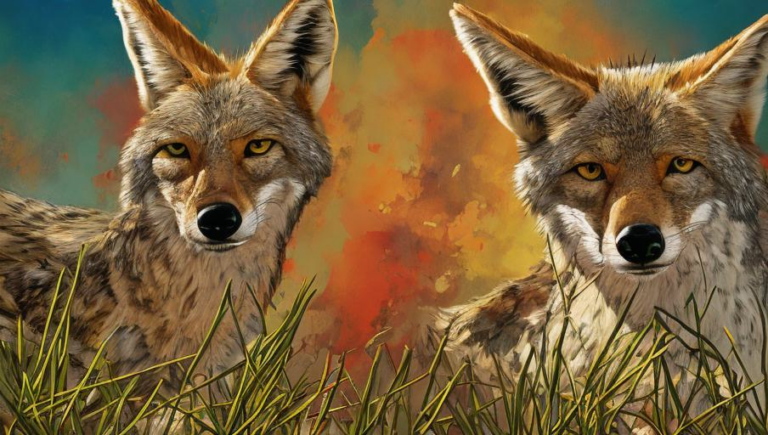Facts and Figures on Bison Protection
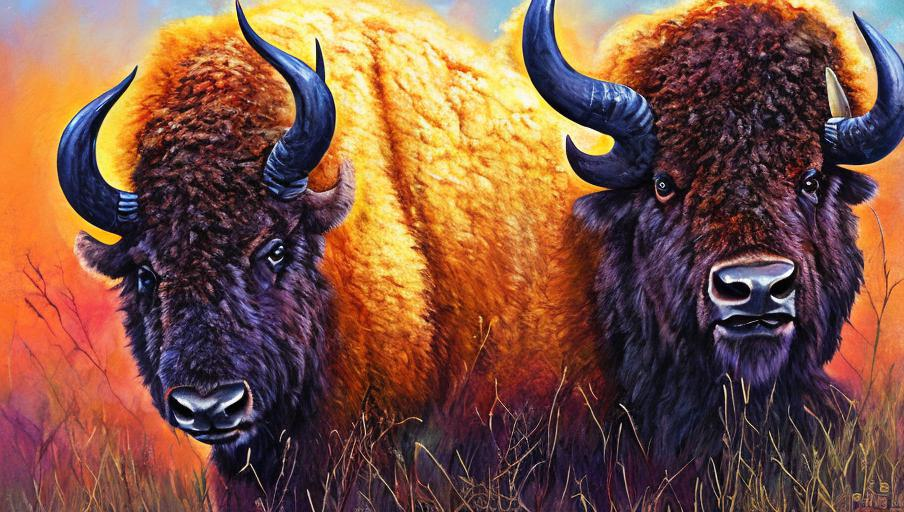
Bison Protection: A Comprehensive Overview
Bison, also known as American buffalo, are majestic creatures that are integral to the North American ecosystem. These animals were once a symbol of the Great Plains, but their numbers have drastically declined due to human activity. Now, conservation efforts are in place to protect bison and their habitats. Here, we offer a comprehensive overview of bison protection.
Bison Numbers and Range
At the start of the 19th century, it is estimated that there were over 60 million bison in North America. However, by the late 1800s, due to overhunting, the population had dropped to less than 1,000. Today, there are an estimated 500,000 bison in the United States and Canada. The majority of these animals are found in conservation herds, with fewer than 20,000 living in the wild.
The range of bison has also significantly declined. At one time, they could be found in much of the United States and parts of Canada. Today, their range has been reduced to a few areas, such as Yellowstone National Park, Wind Cave National Park, and the Great Slave Lake region in Canada.
Conservation Efforts
Currently, there are a number of conservation efforts in place to protect bison. In the United States, the National Park Service and the U.S. Fish and Wildlife Service are working together to protect bison and their habitats. These organizations manage conservation herds and help reintroduce bison to their former range. In addition, there are numerous non-governmental organizations (NGOs) that are dedicated to bison conservation. These organizations are actively working to protect bison and their habitats and raise awareness about their importance.
In Canada, the federal government has taken steps to protect bison. In 2019, the Canadian government declared the bison to be a species at risk and launched the National Bison Recovery Plan. This plan is aimed at restoring and sustaining the population of wild bison in the country. Additionally, the Canadian government has created a bison conservation area in Wood Buffalo National Park, the largest national park in Canada.
Bison-Human Conflict
Because of their large size, bison can be dangerous to humans. They have also been known to cause damage to crops and property. As a result, some landowners have seen bison as pests and have sought to cull them from their property. To address this issue, the U.S. Fish and Wildlife Service has created a Bison Conflict Resolution Program, which helps landowners and ranchers manage bison that may be causing damage to their property.
Conclusion
Bison are an iconic species in North America and an important part of the ecosystem. To protect them, conservation efforts are in place to restore and protect their numbers and habitats. Additionally, organizations and government agencies are working to address the issue of bison-human conflict. With continued conservation efforts and education, bison can be saved and their populations can be restored.
